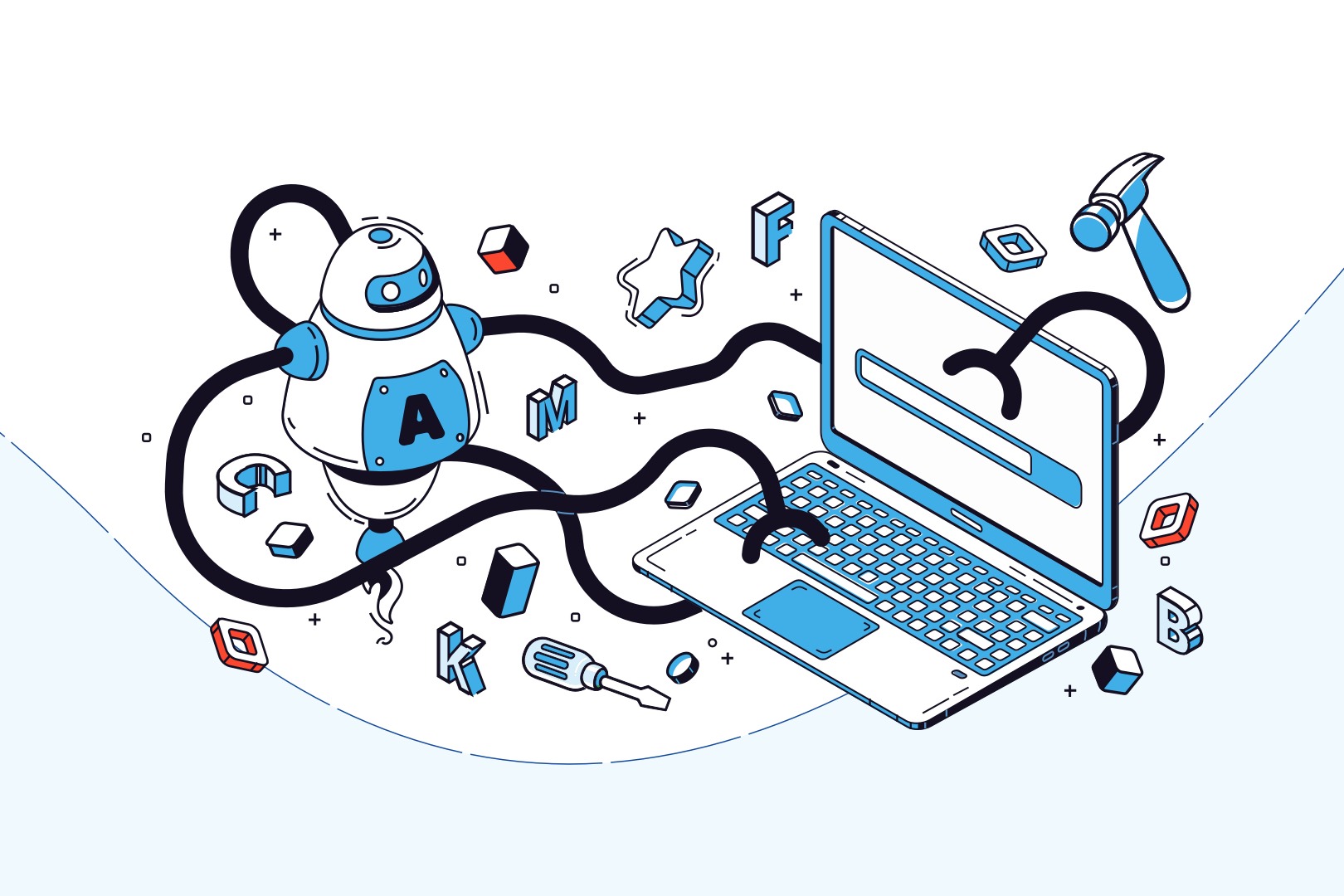Software developers and companies are always refining their web development stacks based on both market trends and their own experience in order to improve their software development processes and the final product – a web application. But what exactly are web development stacks? Why does choosing the right web development stack for your app matter so much? How to pick the right one? Let’s review web development stack trends in 2020.
Before we get to the actual web development stacks, let’s make sure we know what we are actually talking about.
What is a web development stack?
The term is quite liberally used online, but generally speaking, web development stack is a set of tools typically used in tandem to develop web apps. A stack can (and is meant to) be used repeatedly to develop web applications. Individual developers as well as software companies often specialize in a specific stack or several stacks.
As a potential client of a software company or someone interested in developing a new web or mobile app, you should definitely be interested in the web development stack of the company you wish to work with.
It refers to the technologies they specialize in and use together to develop new pieces of software.
A highly specialized web stack can exist within the constraints of frontend or backend development. That’s why we can talk about:
- Frontend web development stacks
Loosely defined set of frontend technologies often used together to make an app. They may include such types of software as frontend frameworks and libraries, package managers (used among others to quickly install all the dependencies of a given piece of software), build systems (to automate various tasks), testing tools, version control systems, caching tools, or deployment software. At TSH, frontend developers develop highly specialized frontend stacks that include many other low-level tools that work best when used together. There is no need to memorize them but if you are interested in this topic, you can always ask them yourself.
- Backend web development stacks
A collection of backend tools and technologies that developers tend to use in tandem. Much like with frontend, they can include many classes of software, including containerisation tools (e.g. Docker – you can use it to deploy your app more easily and scale it up), APIs (for the UI and developers to communicate with the system), databases, search engines (e.g. Elasticsearch), caching mechanisms or even DevOps tools.
#frontend #node.js #php #angular #development #node #react #vue
